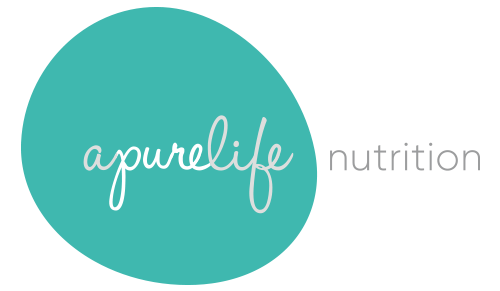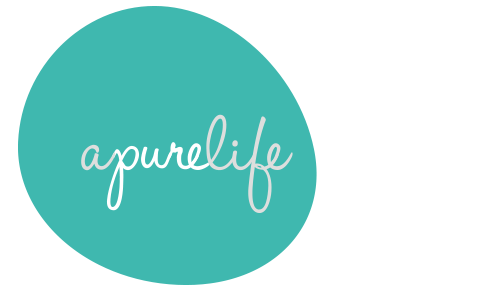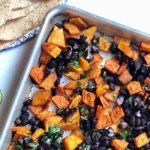Nutrition Goals for 2019: IT’S SIMPLE!
I FEEL LIKE KEEPING IT SIMPLE THIS YEAR…
This is going to be my mantra, both personally and professionally: Keep it simple, and make it pleasurable.
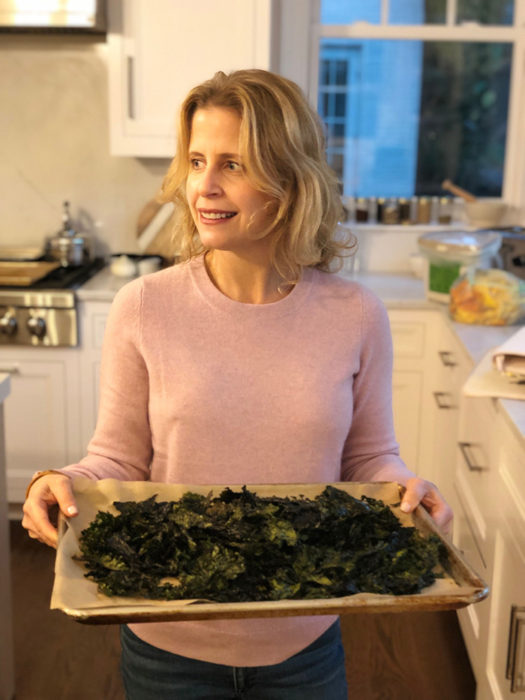
In light of the turbulent ride that was 2018, I feel inclined to focus on things that are uncomplicated; that make me happy, moving away from activities that feel like a “requirement” (if they truly are not).
I find it interesting how well this mantra applies to Nutrition.
What do people really want from their nutrition advice?
That it be:
easy to understand, deal with, use; not elaborate or artificial; plain
Coincidentally, these are all definitions of the word “SIMPLE” taken straight from the dictionary.
Wouldn’t it be great if caring for our health was simple. One of the greatest frustrations regarding health advice, is the contradiction. In fact, my interest in a career in nutrition was sparked in part, by the obvious contradictions in nutrition advice I picked up on during my college years. In the early 1990’s, the “fat-free” movement was all the craze. When I arrived back at school sophomore year, my new roommates seemed to be more in touch with dietary trends, and I was quickly introduced to the plethora of “fat-free” foods that I had not previously known existed: Fat-free cheese, Fat-free cake and cookies (remember SnackWells?), Fat-free ice-cream, fat-free deli meats. Don’t forget the fat-free candy; you know…the gummy, chewy kind that is all sugar or corn syrup and a rainbow of food dye. At the time, we thought this was preferable to eating chocolates which were, of course…fatty! The list went on and on. By default, we ate lots and lots of carbs in those days, which were by often by default…fat-free. The fat-free packages of foods we were drawn to in the market, were also, as it turned out, loaded with sugar, salt, and all kinds of complicated ingredients to make up for the flavor, mouth feel and satiety, inherent to that once vilified nutrient we call fat.
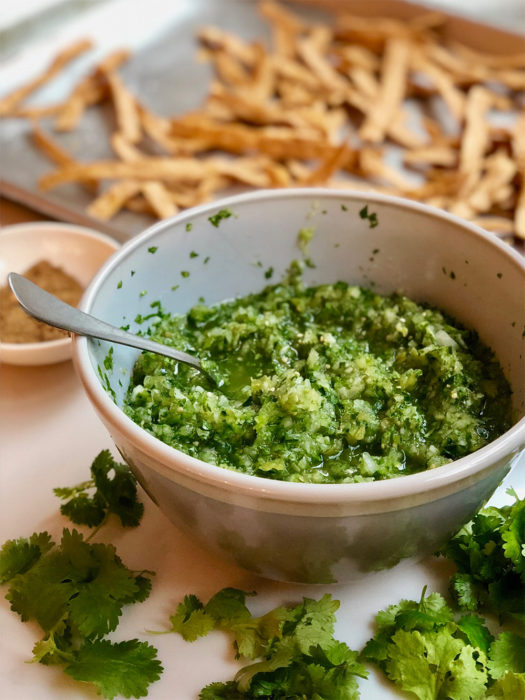
I have vivid memories of sitting at our favorite lunch spot in Ann Arbor, Michigan, and watching longingly as the grilled sandwiches stuffed with roast turkey, and topped with melted swiss cheese, cole slaw and russian dressing passed by our table. My girlfriends and I quickly turned our attention back to our cold, plain, iceberg salads with a container of fat-free italian dressing on the side for dipping, and a heel of plain bread. Little had I known that sharing half a sandwich between us would have been not only deeply satisfying, but much more nutritionally sound than a limp nutrient depleted salad and fake dressing, accompanied by a diet coke!
My cravings for sweets were quite intense in those days. I remember trekking home in the bitter cold from nights out at the local bar. We’d head right past the enticing aroma coming from the pizza parlor next door, only to recap our evening over bowls of fat free frozen yogurt and Captain Crunch cereal. Oh how I wish I had just grabbed one slice of warm pizza at the end of a long night, instead of eating hundreds of empty calories that left me with a bloated belly in the morning! Two years of college were spent eating in contradiction – FAT was evil, CARBS were good, QUALITY was of no consequence. Alas, I started reading about health and nutrition. The first book I read was “Fit for Life”. It was not the epitome of sound nutrition, but it focused on whole foods, fruits and vegetables. That was a start! It was the gateway to my slow and steady evolution on diet and health.
During my graduate studies in nutrition, The Atkins diet was rising in popularity, perhaps in knee jerk response to the high-carb, low-fat fad before it. At its pinnacle, in the early 2000’s, one in eleven adults claimed to follow a similar low-carb diet. I attended a seminar on the Atkins Diet, invited by one of my professors at the time. Despite the data on the screen, I was not convinced. The pervasiveness of yet another dramatic diet was troubling: heavy cream in your coffee is good…but tomatoes are not an acceptable fruit/vegetable? For the general population (looking to lose some weight and improve health), something didn’t quite jive.
In 2019, I believe we are a more educated population when it comes to feeding ourselves.
Yet, nutrition is a big business, and the more things have changed, the more they seem to stay the same. We have finally moved past the discredited Harvard research that shaped our nutrition advice for decades (and my college diet). We now know that eating saturated fats from eggs, meat and diary do not directly cause heart disease. These foods are not inherently “bad” for us, when incorporated into an overall plant focused diet. We’ve learned that sugar and highly processed grains are of concern. But really, what we should learn from this new revelation is this: Its all about balance and moderation! Eating even spinach and kale at every meal can have unwanted consequences.
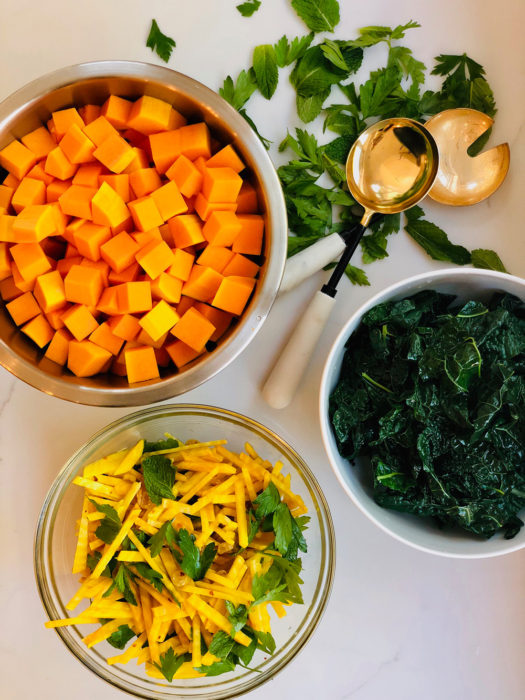
Yes, there are instances when implementing a restrictive diet is necessary to help treat specific diseases. If you have Celiac, for example, it is imperative that you follow a gluten-free diet. If you have Kidney disease, there are very specific foods (including many otherwise healthful fruits and vegetables) that you must eliminate…the list goes on. Similarly, a short term cleanse can be invaluable in pinpointing a food, ingredient or nutrient that is contributing to feeling unwell, or preventing you from achieving an optimal weight.
Yet, for the majority of us, the message is quite SIMPLE, and the key to a healthy, satisfying diet can be summed up in these 7 steps:
1. Balance your meals and snacks: combine carbs, proteins and fats for balancing blood sugar and maintaining energy throughout the day).
2. Focus on fresh: deeply hued vegetables, fruits, and whole grains, beans and legumes. You will not only be eating all the powerhouse vitamins and minerals your body needs for optimal health, but a variety of fiber rich foods will help you feel full and satisfied. Regular bowel habits are a bonus.
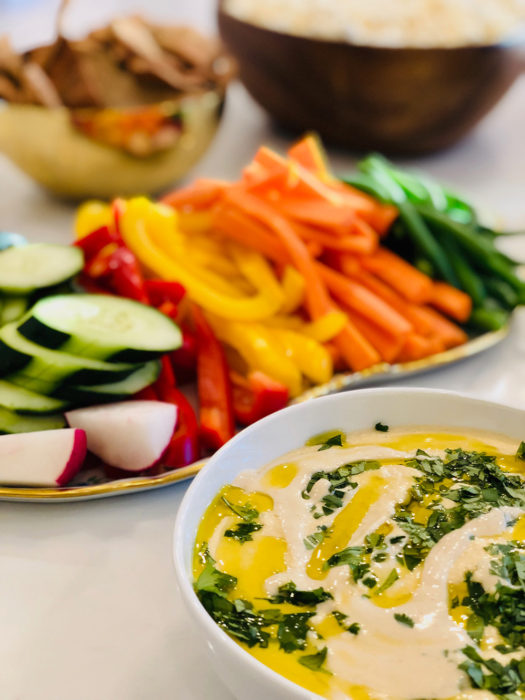
3. Add in moderate portions of wild fish, organic chicken, and grass-fed meat if available.
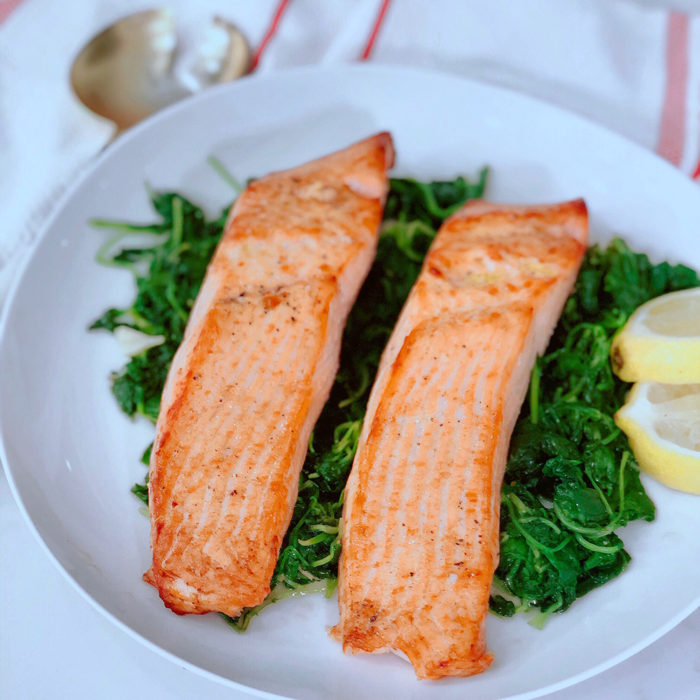
4. Choose healthy fats for cooking, and to add flavor to prepared foods. Choose from extra virgin olive oil for cooking, and smaller amounts of coconut oil, butter or ghee. Add nuts, seeds and avocados to vegetable dishes, salads and snacks.
5. Find the correct portion size for you! Use your hands and fingers as a basic guide for what is right for your body, and take it from there. If you are still hungry, increase your portions. If it feels like too much for you, eat less.
- Your cupped hand is your starchy carb serving
- Your flat palm is your protein serving
- You thumb is your fat serving
6. Gift yourself time to sit, and appreciate your meal. It means the difference between feeling satisfied, or continuing to snack throughout the day trying to fill a void. Lunch tends to be the most under appreciated meal, often eaten while making phone calls, in a meeting, or typing an email. However, taking 30 minutes for a well balanced, work-free meal can improve the trajectory of the rest of your day. Aim for a more substantial lunch, and a light dinner. This small adjustment pays dividends. You will feel improved energy and digestive comfort through the evening, and when you wake in the morning.
7. Prepare more meals at home for you and your family! Set aside some time each week to prep fresh vegetables, salads, or frozen packets of fruits and greens for quick smoothies. Preparation turns out to be one of the biggest predictors of Nutrition Success!
